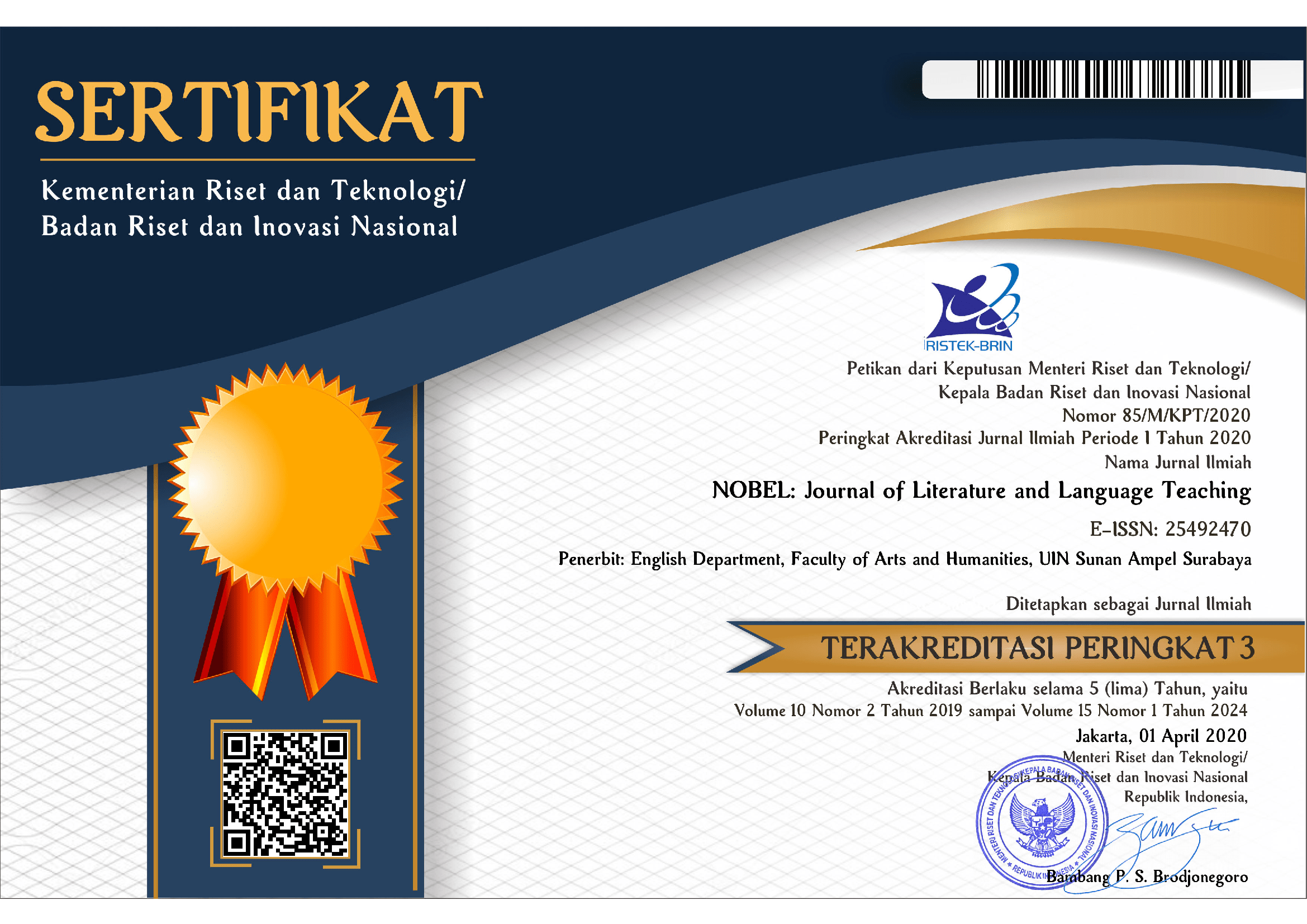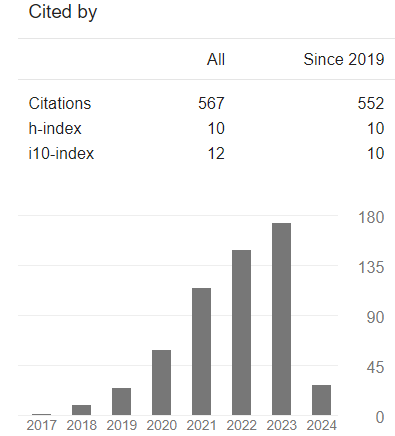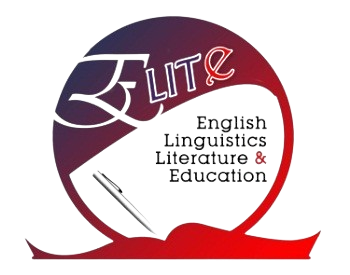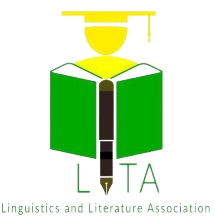Pluralism in the Time of Postcolonialism: Cultural Diversity of Malay-Indonesian Archipelago in Upin-Ipin and Adit-Sopo-Jarwo
DOI:
https://doi.org/10.15642/NOBEL.2022.13.1.18-34Keywords:
multiculturalism; multiracial; multiethnic; animated series; Upin-Ipin; Adit-Sopo-JarwoAbstract
This paper aims to compare two animated series and critically look at the story elements which represent the plurality of the society. Recent studies commonly pointed out that Upin-Ipin (UI) and Adit-Sopo-Jarwo (ASJ) describe the genuine culture of the Malay-Indonesian archipelago, which is multiculturalism. Most scholars see cultural diversity in these animations as a fact. However, the study on reading a plurality of cultures as a value rather than a fact is rarely conducted. This study aims to analyze the works of two countries, Malaysia’s Les’ Copaque and Indonesia’s MD Animation, to demonstrate the inadequate category of cultural diversity as a ‘fact.’ Parekh’s theory of multiculturalism makes way to map and understand the plurality of society the series represent. At the same time, the cultural diversity presented in the series must be understood as a postcolonial pluralism landscape. By understanding the multicultural situation as postcolonial pluralism, this study concluded that first, multiculturalism in UI and ASJ performs cultural traces that derive from the country’s history, including colonialism. Second, multiculturalism in UI and ASJ is thick with ethnoreligious pluralism problem as a form of cultural penetration by European colonial, which is still apparent.
Downloads
References
Atikurrahman, M., & Ilma, A. A. (2021). Talkin kematian romantik yang berulang: Max havelaar, Sitti nurbaya, dan kolonialisme. In E. Saparudin (Ed.), Manis tapi tragis: Kisah Saijah-Adinda dalam Max havelaar (pp. 176–193). Cantrik Pustaka.
Atikurrahman, M., Ilma, A. A., Dharma, L. A., Affanda, A. R., Ajizah, I., & Firdaus, R. (2021). Sejarah pemberontakan dalam tiga bab: Modernitas, belasting, dan kolonialisme dalam Sitti nurbaya. SULUK: Jurnal Bahasa, Sastra, Dan Budaya, 3(1), 1–22. https://doi.org/10.15642/suluk.2021.3.1.1-22
Azra, A. (2005). Pendidikan agama: Membangun multikulturalisme Indonesia. In S. Mahdi (Ed.), Pendidikan agama berwawasan multikultural (pp. vii–xi). Penerbit Erlangga.
Azra, A. (2007). Identitas dan krisis budaya: Membangun multikulturalisme Indonesia. FE Universitas Indonesia.
Bauböck, R. (2001). Cherishing diversity and promoting political community. Ethnicities, 1(1), 109–140. https://doi.org/10.1177/146879680100100112
Cahyono, H., & Susanti, Y. (2019). Nilai-nilai pendidikan multikultural dalam film animasi Upin ipin episode Esok hari raya, Gong xi fa cai, dan Deepavali. At-Tajdid: Jurnal Pendidikan Dan Pemikiran Islam, 3(70), 84. https://doi.org/10.24127/att.v3i01.977
Carey, P. B. R. (2008). The power of prophecy: Prince dipanagara and the end of an old order in Java, 1785-1855. BRILL. https://doi.org/10.1163/9789067183031
Dalimunthe, D. (2016). Kajian proses islamisasi di Indonesia (Studi pustaka). Jurnal Studi Agama Dan Masyarakat, 12(1), 115–125. https://doi.org/10.23971/jsam.v12i1.467
Damuri, Y. R., Atje, R., Alexandra, L. A., Soedjito, A., & Intan, R. (2014). A maritime silk road and Indonesia’s perspective of maritime state. In CSIS Working Paper Series. https://www.jstor.org/stable/resrep14744
Djumala, R. (2018). The face of Malay culture in Indonesian childern’s readings. International Journal of Malay-Nusantara Studies, 1(1), 26–39.
Febriyanti, E. R. (2018). Multiculturalism represented in Adit and sopo jarwo animated series. Proceedings of the 1st International Conference on Social Sciences Education - “Multicultural Transformation in Education, Social Sciences and Wetland Environment” (ICSSE 2017), 91–97. https://doi.org/10.2991/icsse-17.2018.22
Furnivall, J. S. (2010). Netherlands India: A study of plural economy. Cambridge University Press.
Ghani, D. B. A. (2015). Upin & Ipin: Promoting Malaysian culture values through animation. Historia y Comunicacion Social, 20(1), 241–258. https://doi.org/10.5209/rev-HICS.2015.v20.n1.49558
Gouda, F. (2008). Dutch culture overseas: Colonial practice in the Netherlands Indies, 1900–1942. Equinox Publishing.
Hadyanto, E. D. (2011). Tantangan Bagi multikulturalisme kontemporer: Sebuah studi atas pemikiran Bhikhu Parekh. Universitas Indonesia.
Hefner, R. W. (2017). Introduction multiculturalism and citizenship in Malaysia, Singapore, and Indonesia. In The Politics of Multiculturalism (pp. 1–58). University of Hawaii Press. https://doi.org/10.1515/9780824864965-002
Hidayat, H. N., & Wasana, W. (2019). Gender bias as reflected on Upin & Ipin the series. JENTERA: Jurnal Kajian Sastra, 8(2), 113–129. https://doi.org/10.26499/jentera.v8i2.1642
Ihwanah, A. (2018). Signifikansi nilai pendidikan multikultural dalam animasi Upin dan Ipin terhadap sikap toleransi beragama. Muróbbî: Jurnal Ilmu Pendidikan, 2(1), 1–16. https://doi.org/https://doi.org/10.52431/murobbi.v2i1.120
Irhandayaningsih, A. (2012). Kajian filosofis Terhadap multikulturalisme Indonesia. Jurnal Humanika, 15(9). https://doi.org/https://doi.org/10.14710/humanika.15.9.
Jiman, J. (2011). A study of ”Upin & Ipin”: Observing their roles in promoting positive values in children. International Journal of Comic Art (IJOCA), 13(1), 633–643.
Kartodirjo, S. (1993). Pengantar sejarah Indonesia baru: 1500-1900 dari emporium sampai imperium (Vol. 1). Gramedia Pustaka Utama.
Kaur, A. (2013, February). Indian migrant workers in Malaysia – part 1. New Mandala. https://www.newmandala.org/aliens-in-the-land-indian-migrant-workers-in-malaysia/
Kukathas, C. (2019). Theoretical foundations of multiculturalism. In Understanding Political Theory (pp. 1–21). Univeristy of Delhi. https://www.studocu.com/in/document/university-of-delhi/understanding-political-theory/theoretical-foundations-multiculturalism-chandran-kukathas/24195782
Lestari, E. F. P. (2018). Nilai-nilai edukatif dalam film animasi “Adit dan Sopo Jarwo” di MNC TV dan pemanfaatannya pada pembelajaran drama komedi di sekolah dasar [Universitas Jember]. https://repository.unej.ac.id/handle/123456789/87881
Lombard, D. (2005). Nusa Jawa silang budaya. PT Gramedia Pustaka Utama.
Mahdi, M. S., Yunos, Y., & Yusoff, M. Y. M. (2019). Wacana identiti Melayu dalam animasi Upin & Ipin: Episod dugaan dan nikmat. Jurnal Melayu, 18(2), 164–178. http://journalarticle.ukm.my/14320/1/35362-110819-1-SM.pdf
Masriani, M., Liana, D., & Syarifudin, S. (2021). Analisis pembentukan moral dalam film animasi anak sebagai tayangan pendidikan. Mitra PGMI: Jurnal Kependidikan MI, 7(2), 136–149. https://doi.org/10.46963/mpgmi.v7i2.365
Muhdaliha, B., & Arlena, W. M. (2017). Malay, China and India ethnicities representation (Case study: Etnography and manga matrix analysis, on Upin Ipin animation character). WACANA, Jurnal Ilmiah Ilmu Komunikasi, 16(1), 15–26. https://doi.org/10.32509/wacana.v16i1.10
Muis, M. A., Mohamed, B. A., Rahman, A. A., Zakaria, Z., Noordin, N., Nordin, J., & Yaacob, M. A. (2012). Ethnic plurality and nation building process: A comparative analysis between Rukun Negara, Bangsa Malaysia and 1 Malaysia concepts as nation building programs in Malaysia. Asian Social Science, 8(13), 153–160. https://doi.org/10.5539/ass.v8n13p153
Nasikun, N. (2007). Sistem sosial Indonesia. P.T. Raja Grafindo Persada.
Parekh, B. (2002). Rethinking multiculturalism: Cultural diversity and political theory. Harvard University Press.
Parekh, B. (2008). Rethinking multiculturalism: Keberagaman budaya dan teori politik. Kanisius.
Putri, R., Mutono, M., & Ulya, H. (2021). Nilai-nilai pendidikan karakter film animasi Upin dan Ipin. Jurnal Educatio, 7(3), 1253–1263.
Reid, A. (2011a). Asia Tenggara dalam kurun niaga 1450-1680: Jaringan perdagangan global Asia Tenggara (Vol. 2). Yayasan Pustaka Obor Indonesia.
Reid, A. (2011b). Asia Tenggara dalam kurun niaga 1450-1680: Tanah di bawah angin (Vol. 1). Yayasan Obor Indonesia.
Ricklefs, M. C. (2011). Sejarah Indonesia modern (D. Hardjowidjono (ed.)). Gadjah Mada University Press.
Risdiany, H., & Lestari, T. (2021). Pengaruh film kartun Upin dan Ipin terhadap perkembangan moral anak. Edukatif: Jurnal
Ilmu Pendidikan, 3(4), 1366–1372. https://doi.org/https://doi.org/10.31004/edukatif.v3i4.577
Runuwali, P. (2016). Pengelolaan pergaulan multikultural di kota Salatiga: Studi peran forum persaudaraan antar etnis Salatiga dalam pengelolaan pergaulan multikultural di kota Salatiga [Universitas Kristen Satya Wacana Institutional Repository]. https://repository.uksw.edu/handle/123456789/14710
Saputro, M. E. (2011). Upin & Ipin: Melayu Islam, politik kultur, dan dekomodifikasi new media. Kontekstualita: Jurnal
Penelitian Sosial Keagamaan, 26(1), 39–69. https://www.neliti.com/publications/37102/upin-ipin-melayu-islam-politik-kultur-dan-dekomodifikasi-new-media
Sastrowardoyo, S. (1983). Sastra Hindia Belanda dan kita. Balai Pustaka.
Setiadi, H. F. (2015). Multikulturalisme di Indonesia menghadapi warisan kolonial. Seminar Dies Ke-22 Fakultas Sastra “Pergulatan Multikulturalisme Di Yogyakarta Dalam Perspektif Bahasa, Sastra, Dan Sejarah,” 1–5. https://www.usd.ac.id/fakultas/sastra/sasing/f1l3/Dies 22/Multikulturalisme - Hilmar.pdf
Stanton, R. (1965). An introduction to fiction. Holt, Rinehart and Winston.
Stoler, A. L. (1989). Rethinking colonial categories: European communities and the boundaries of rule. Comparative Studies in Society and History, 31(1), 134–161. https://doi.org/10.1017/S0010417500015693
Sutiyani, F., Adi, T. T., & Meilanie, R. S. M. (2021). Nilai-nilai pendidikan karakter pada film Adit dan Sopo Jarwo ditinjau dari aspek pedagogik. Jurnal Obsesi: Jurnal Pendidikan Anak Usia Dini, 5(2), 2201–2210. https://doi.org/10.31004/obsesi.v5i2.1133
Syamsiyah, N. (2018). Multikulturalisme masyarakat perkotaan (Studi tentang integrasi sosial antar etnis di kelurahan Nyamplungan, kecamatan Pabean Cantikan, kota Surabaya) [Universitas Airlangga]. https://repository.unair.ac.id/75084/
Yahya, Y. K. (2019). Pengaruh penyebaran Islam di Timur Tengah dan Afrika Utara: Studi geobudaya dan geopolitik. Al-Tsaqafa: Jurnal Ilmiah Peradaban Islam, 16(1), 44–62. https://doi.org/10.15575/al-tsaqafa.v16i1.4272
Yulianto, W. E. (2018). Islam eksklusif yang toleran: Telaah atas pola didaktis Adit Sopo Jarwo. ATAVISME, 21(2), 180–193. https://doi.org/10.24257/atavisme.v21i2.495.180-193
Yusof, Y. M., & Aripin, N. (2018). The impact of video viewing a non-native English version cartoon of UPIN & IPIN, on rural pre schoolers, in cultivating the interest to speak English as second language. In B. Mohamad, A. I. Omoloso, R. R. Adetunji, S. Memon, & H. Harun (Eds.), Proceedings of the SMMTC Postgraduate Symposium 2018 (pp. 146–152). School of Multimedia Technology and Communication (SMMTC) Universiti Utara Malaysia. https://repo.uum.edu.my/id/eprint/25346/
Downloads
Published
How to Cite
Issue
Section
License
Copyright (c) 2022 NOBEL: Journal of Literature and Language Teaching

This work is licensed under a Creative Commons Attribution 4.0 International License.







